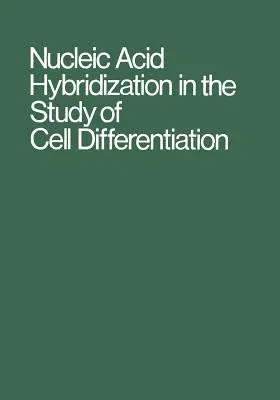Nucleic Acid Hybridization in the Study of Cell Differentiation (Softcover Reprint of the Original 1st 1972)Paperback - Softcover Reprint of the Original 1st 1972, 3 October 2013

Qty
1
Turbo
Ships in 2 - 3 days
In Stock
Free Delivery
Cash on Delivery
15 Days
Free Returns
Secure Checkout
Part of Series
Results and Problems in Cell Differentiation
Print Length
76 pages
Language
English
Publisher
Springer
Date Published
3 Oct 2013
ISBN-10
3662222450
ISBN-13
9783662222454
Description
Product Details
Book Edition:
Softcover Reprint of the Original 1st 1972
Book Format:
Paperback
Country of Origin:
NL
Date Published:
3 October 2013
Dimensions:
25.4 x
17.78 x
0.48 cm
ISBN-10:
3662222450
ISBN-13:
9783662222454
Language:
English
Location:
Berlin, Heidelberg
Pages:
76
Publisher:
Weight:
176.9 gm

